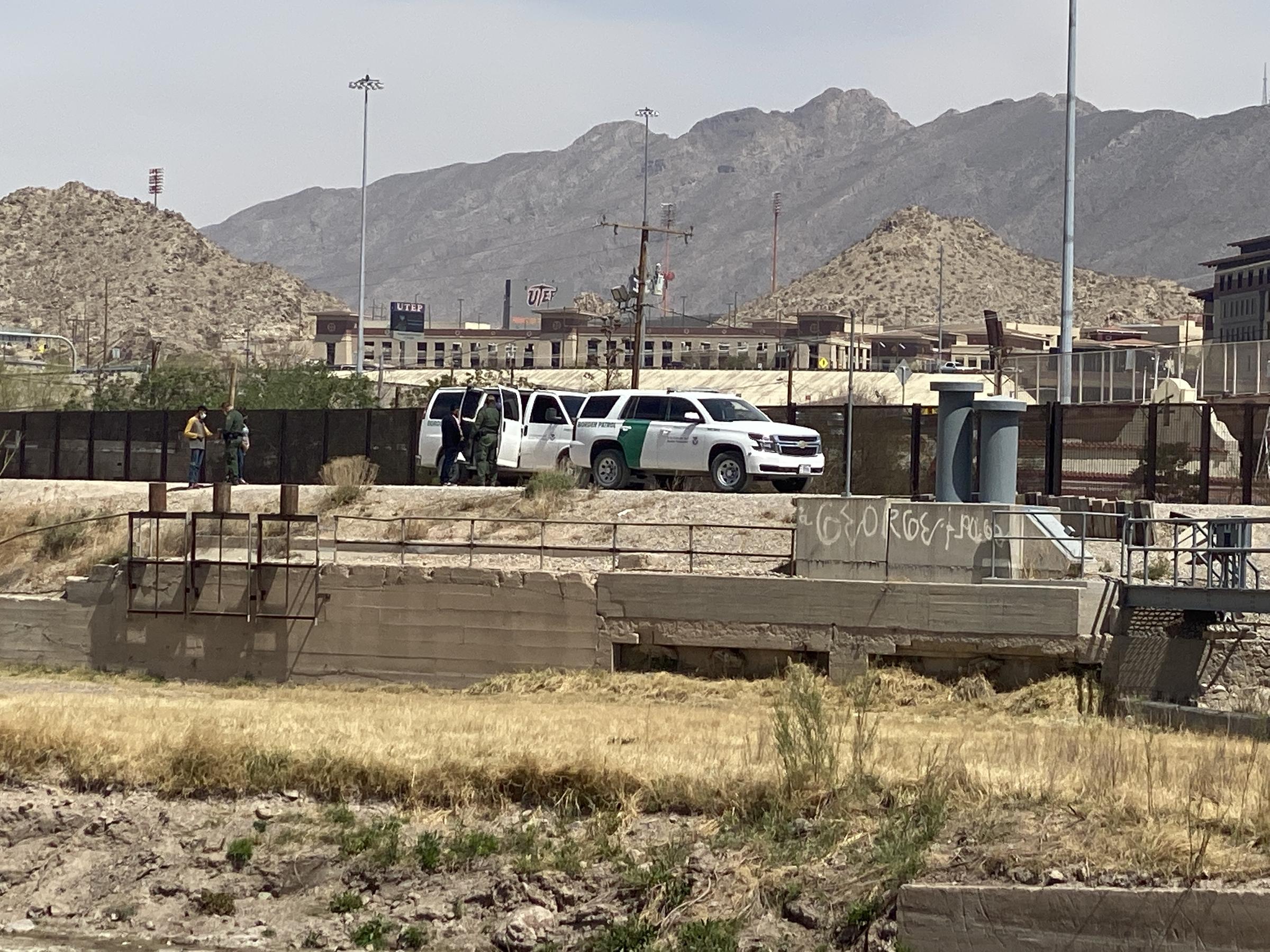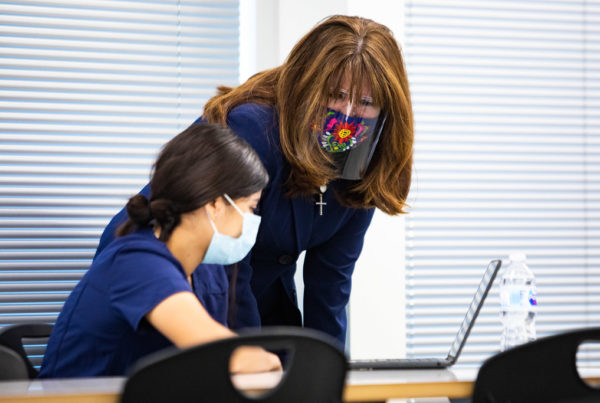Ana Castro sat with her two children on a curb just steps from the Paso del Norte Bridge in downtown Ciudad Juarez, considering her options and crushing debt.
“Truthfully, I’d like to try again,” said Castro, hours after she and her daughter, 12, and son, 9, were expelled by the U.S. Border Patrol after crossing into the United States. “We’re already here and have a debt weighing on us.”
She owes $7500 to her “guide,” a term many migrants prefer rather than smuggler, who brought her and the children to the border. Castro, 29, is among an untold number of migrants, likely in the tens of thousands a year, who rely on international smuggling organizations that promise safe passage to the United States across multiple borders and through Mexico.
Last week, the U.S. Department Homeland Security launched a multi-agency effort targeting organizations involved in smuggling migrants to the United States. “The goal is to disrupt every facet of the logistical networks of these criminal organizations,” said Homeland Security Secretary Alejandro Mayorkas. during a briefing with reporters April 28.
Operation Sentinel will go after individuals, financial assets and commercial entities involved in the smuggling trade. “The actions we will take over the coming months will both enhance the security of the U.S. border and help save the lives of vulnerable migrants who would otherwise place their lives in the hands of these unscrupulous criminals.”
The vast smuggling networks stretch across multiple countries. Migrants face corrupt officials and risk violence from criminal groups when they try to make the journey on their own.
During an interview at El Paso Border Patrol Headquarters, two agents talked about their efforts to track smuggling operations. They spoke on the condition that their names not be used to protect their safety. The agents said Transnational Criminal Organizations, or TCOs, “control all corridors, all routes.”
These days, smuggling organizations make huge profits moving migrants from Central America, through Mexico and across the border.
“They have their own checkpoints, you know. They have their scouts. It’s a controlled area,” one of the agents said.
Drug cartels have long charged for “piso” or a fee to cross through areas they control. While cartels carve up territory in Mexico, on the U.S. side smuggling groups work for whatever organization can pay to transport and house migrants according to the agents.
“On the north side, if you got the money, ‘we’re going to pick them up for you. We’re going to stash the house,’” an agent said.
Smugglers, or coyotes, have long been a force on the Southwest border. But in recent months, agents say they’ve been particularly brazen. Surveillance footage in March showed a couple of individuals dropping two young children over a 14-foot border wall west of El Paso at night and leaving others kids on their own in the desert in the U.S. near the border.
Other individuals who can’t keep up are abandoned. In the last six months, Border Patrol agents have performed 4,920 rescues on the Southwest border, according to figures from U.S. Customs and Border Protection. That’s nearly as many rescues as the entire previous year.
“If you attempt to cross without a smuggler, it’s dangerous. If you attempt to cross with a smuggler, it’s dangerous. No matter what, it’s dangerous. The border’s not open. The border is still closed,” said one of the Border Patrol agents interviewed at headquarters.
Closing the border to those seeking legal avenues like asylum has increased profits for smuggling organizations. “The more you crack down, the more they’re going to charge,” said Jeremy Slack, a professor at the University of Texas at El Paso who researches migration issues.
“If you really want to go after smuggling, you create a system at the border where people can sign up and fill out their forms, show up and get processed in an orderly way,” Slack said. “That will take the wind out of the sails.”
The border is closed to most migrants under a regulation called Title 42, a pandemic health order issued during the Trump administration that remains in effect. The Biden administration, however, has been allowing children who cross the border without a parent or guardian into the country.
Smuggling organizations have taken advantage of the change by encouraging parents to send their kids across the border alone, while offering to help sneak adults into the United States, according to agents and immigrant advocates.
Slack says the result is smugglers leave migrant children at the border alone, expecting Border Patrol agents to come and pick them up.
“It’s cringe inducing. It’s scary. But this is what happens when you have one piece of the asylum puzzle open for some people but not for others,” Slack said.
He’s among nearly 100 academics from the United States and Mexico who drafted a policy paper calling on the governments of both countries to take steps to improve the migration process.
Among their recommendations: phase out title 42 starting with families, expand COVID testing at the border which is already happening for some asylum seekers allowed into the U.S. and increase capacity at migrant shelters.
“The other part of this that’s huge,” said Slack, “it’s not just the smuggling side but the kidnapping side, the extortion side in Mexico.”
It’s common knowledge those who try to cross without a smuggler risk running into trouble according to some migrants.
“If those who own the border find you there, they ask for a password. If you say you don’t have one, things go badly,” said a young Cuban man seeking asylum who had been waiting in Ciudad Juarez for a year and a half.
Whether seeking asylum or looking for work many migrants are reluctant to remain in Mexican border cities. Some fear becoming victims of crime, others face a looming deadline for paying their smuggling fees.
“I paid half and will pay the other half once I’m able to make it across,” said Johana Suarez, 38. She was charged $7000 to get from Honduras to the Texas border.
The mother of two looked exhausted but seemed determined. She’s tried to cross the border five times and been returned to Mexico by Border Patrol.
After coming this far, she’s decided there’s no turning back and has faith she will eventually reach the U.S. side.
“God knows what’s in our hearts and that we all need to put bread on the table,” she said.
















